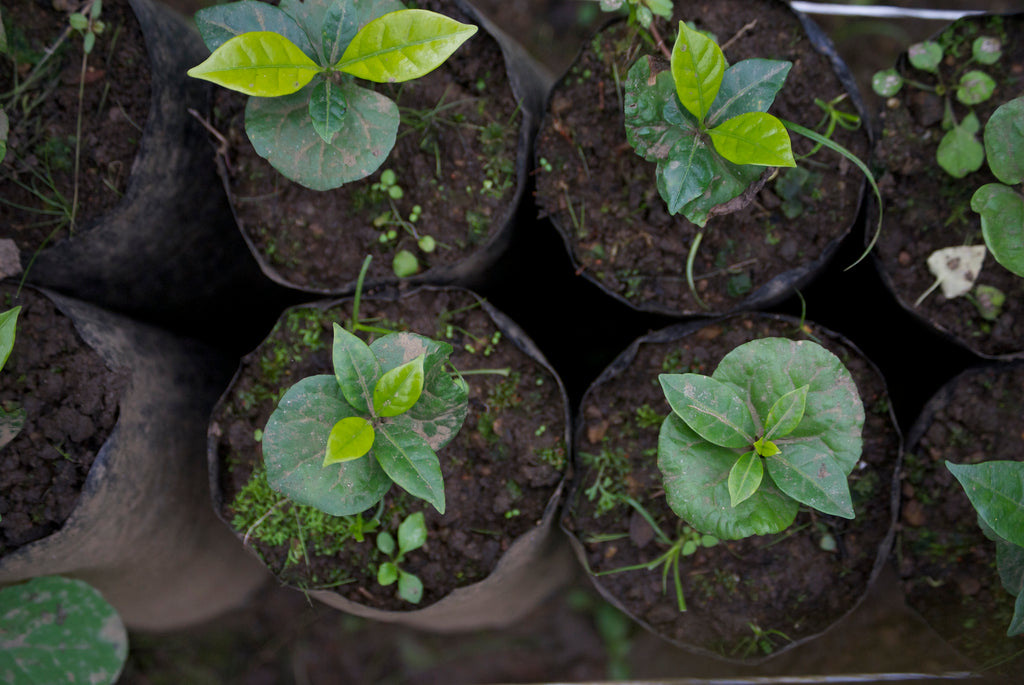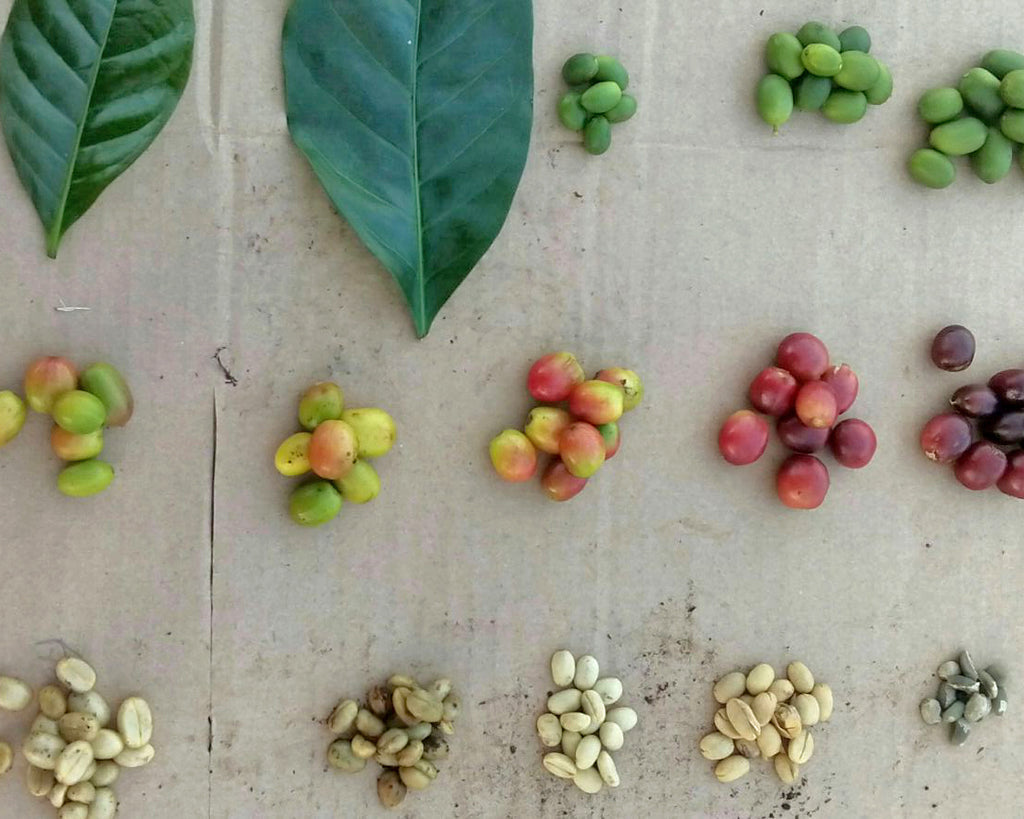
For several months now, Higher Grounds has had the honor of hosting our partner coffee farmer Jose Perez Vazquez of the Maya Vinic cooperative in Chiapas, Mexico--the very co-op that inspired us to start Higher Grounds--for an extended visit. Jose’s extended visa allows him to learn about the U.S. specialty coffee market, including barista and communications training, and share his perspectives with those who have enjoyed coffee from his region for years. This interview is part of a series highlighting Jose’s knowledge and perspectives as a coffee farmer as well as his experiences during this roaster/grower exchange.
In recognition and celebration of Indigenous Peoples Day (October 10), we asked Jose about some of his day-to-day realities.
HG: Tell us a little about the life of a farmer.
Jose: The life of a farmer is sometimes a nightmare. In my community we grow coffee, corn and beans, and we produce honey. It requires many sacrifices and a great deal of effort for us to feed our families.
HG: How many hours do you work each day?
Jose: We work from sunup till sundown, enduring hunger, thirst, rain, heat and fatigue. We have to walk several kilometers from our houses to our fields, since we have no way of improving our access to the places where we work.
HG: What happens when the coffee is ready to be harvested?
Jose: During coffee harvest time, we have to carry home on our backs loads of 50 or 60 kilos (over a hundred pounds), and women and children share in the work. Once the coffee is harvested, each of us has his or her own role in processing it. This must be done very carefully so as not to damage the coffee.

HG: What is the timeline from when a coffee seed is planted?
Producing high-quality coffee requires a lot of passion, care, enthusiasm and hope, because the process is long. Today we plant coffee trees that we won’t be able to harvest any time soon. It will be three years before the plant can begin to bear fruit, and during those three years it requires a lot of maintenance. During those years we have to clear weeds from around the plants four times a year.
After the harvest takes place, there are several more steps to complete to bring the coffee to our buyers. We remove the pulp, ferment the beans, wash and dry them, and then select the best beans by hand, before packing the coffee to transport it to our warehouse. There we mill the beans with a machine to remove the husk, before grading and sorting the beans once more using electronic equipment in order to produce the final green coffee for export.

HG: How does the whole family work together during the coffee harvest?
Jose: The men begin removing the pulp from the coffee beans, while the women carry water for washing and cooking. The children work to gather firewood and help with whatever else they can. From an early age they gain experience in harvesting and processing the coffee. They learn about caring for the land and for Mother Nature, as well as about the process of growing and harvesting organic coffee.
Day by day, we work to improve our lives in a very difficult situation.
Follow Jose on Instagram @josepevazx
